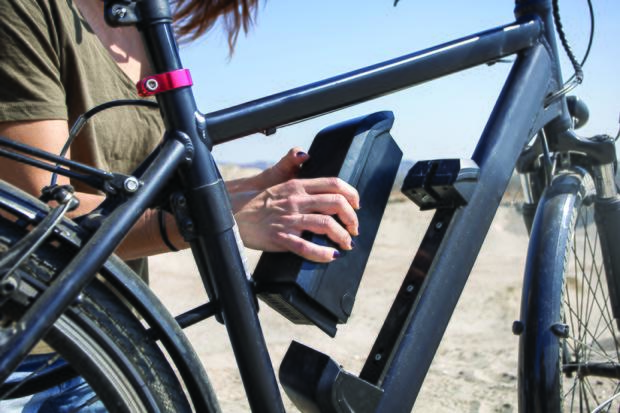For the Fire Service
To submit the Lithium-Ion Battery Fire Investigation checklist, download the form, fill it out, then submit it.
Lithium-Ion Battery Fires: Investigation Checklist (FP-031)
Read the advisory introducing the checklist.
Advisory- Lithium-Ion Battery Fire Investigations
Tips for Coding Lithium-Ion Battery Fires in the Massachusetts Fire Incident Reporting System
MFIRS Coding for Lithium-Ion Battery Fires
Read this advisory about the dangers of lithium-ion batteries.
Advisory - Dangers of Lithium Batteries (2023)
View the Department of Fire Services' Lithium-Ion Battery Symposium
For the Public
Before You Buy:
- Purchase only devices that are listed by a nationally recognized testing laboratory such as Underwriters Laboratories (UL). Look for the lab's mark on the packaging and device.
- Be sure you have working smoke alarms installed on every level of your home and a practiced home escape plan that includes two ways out.
Storage:
- Read and follow follow the manufacturer's storage instructions.
- Store lithium-ion batteries and the devices they power at room temperature whenever possible. Don't leave them in a hot car, in direct sunlight, or in freezing temperatures.
- Keep these items away from combustible materials.
- Store scooters and e-bikes outdoors if possible. If you must store them indoors, keep them away from doors, windows, and stairways. Always keep these routes clear so you can escape and emergency personnel can enter.
Charging:
- Read and follow the manufacturer's charging instructions.
- Always use the manufacturer’s battery, cord, and power adapter made specifically for the device. Aftermarket and generic accessories have been linked to serious Li-ion battery fires.
- Plug the charger directly into a wall outlet, not a power strip or extension cord.
- Don't leave a device unattended while charging. Disconnect the charger when the device is fully charged: do not overcharge the device.
- Charge devices on a hard, stable surface -- never on a bed, couch, or pillow.
Use:
- Read and follow the manufacturer's instructions for use.
- Use the battery designed for your device.
- Stop using the battery if it's damaged.
- Stop using the battery if you notice an unusual odor, change in color, change in shape, leaking, or odd noises. If you can do so safely, move the device away from anything that can burn and call your local fire department.
Disposal:
- Do not discard lithium-ion batteries in the trash. Recycling is the best option.
- If and when it’s time to dispose of the battery, don’t put it in the trash. Lithium-ion batteries should be recycled.
- You can find a location to take them at https://www.call2recycle.org/locator/.
Resources for Public Education
DFS has a lithium-ion battery safety flyer you can use in public education efforts. Share it in print or electronically.
